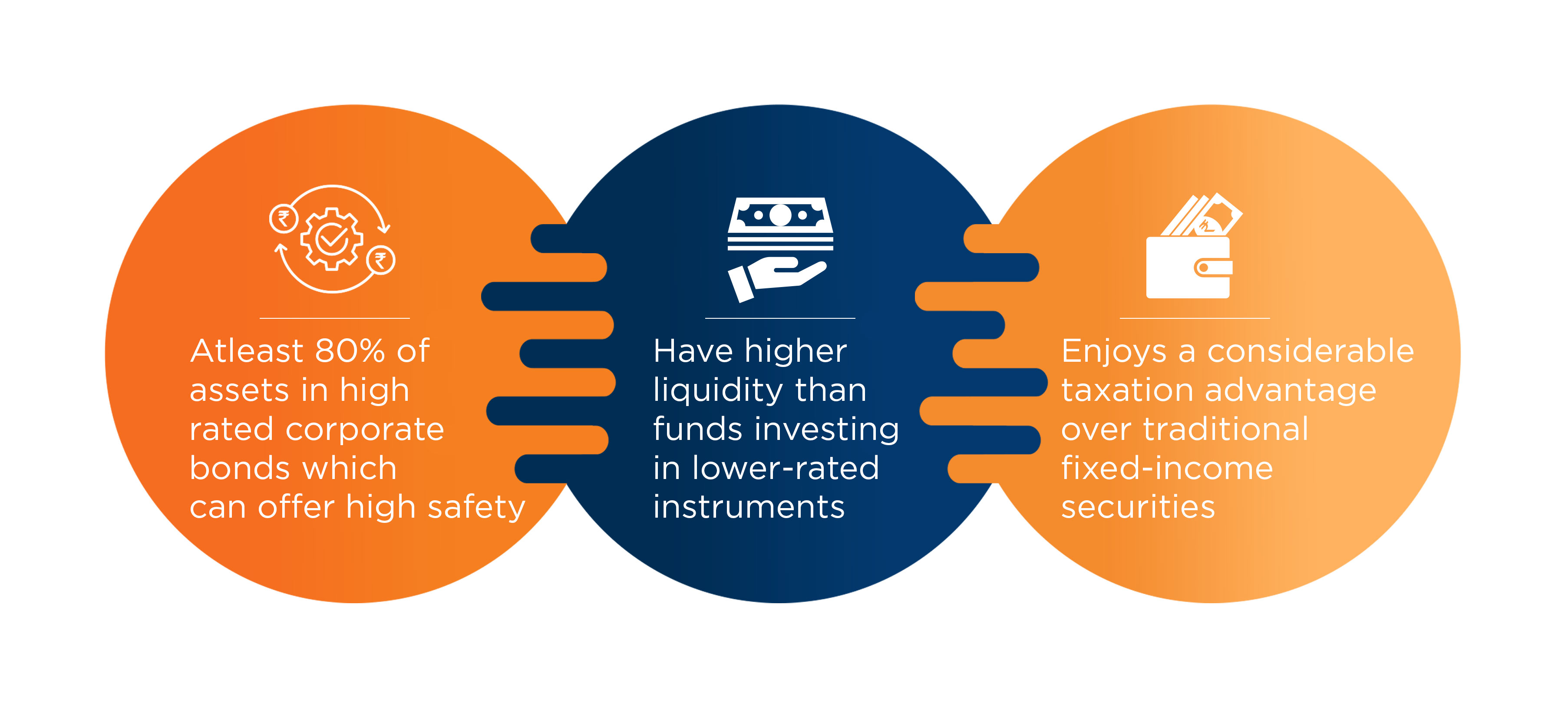
It's not an easy job to become a day trader. You must be patient, research the market, and develop a strategy. Day trading isn't a guaranteed way to make money. There is no guarantee that you will win. It is difficult to turn a profit on the stock market because it is full of uncertainties. Below are some strategies that stock analysts use to make smart trades. These methods will not be exhaustive but they will help to maximize your trading.
Stock trading
It's crucial to know what you should look for when starting day trading. The stock's order flow is an indicator of a stock's price movement. It shows how many potential orders the stock holds for a particular stock. Day traders look for a stock's price to fall to a level called "support" - an area of low volume - and then rise again. They also look to see if a stock's value reaches "resistance", which is the level at which it is more inclined to fall. A strong indicator of support and resistance can also be provided by the trading volume.

Trading options
These are some tips for beginners who are interested in learning how to trade options. Learn about the many options. Additionally to stock options, be aware about the various underlying assets. Although these investments can be more risky than other investment options, they are still viable. Other than stocks, you also have the option to invest in a variety of commodities.
Futures trading
You have many options when it comes to day trading futures. Scalping, which reduces your losses to a few ticks and allows you to make as much profit as possible, is one such strategy. Scalping becomes easier when you work with futures. This is because spreads refer to the difference between the asking and bid prices. Scalping is not easy, but it can help you minimize your losses and maximize your profits.
Trading indices
For a day trader, trading indices can be a lucrative option. This method combines hedging with the possibility of profits from a rising or falling stock market. Depending on your current exposure, you can use index hedging to profit from a decline in the price of your underlying stock portfolio. Day traders can also use a technique called "index trading collars," which uses multiple entry orders and protects them from a major drop in the price of their trade.
Commodities trade
It is easiest to invest in the market by purchasing and selling commodities. You don't need a third party to buy the commodities or store them for your benefit. A coin dealer can be a great place to purchase gold. A coin dealer is a great way to purchase gold, as opposed to the stock markets, which require a third party to sell and buy commodities. Once you know how much gold you are looking to buy, contact a coin dealer to make a purchase.

Trading foreign exchange
This information will help you, whether you are a seasoned forex trader or new to the foreign currency market. FX trading products can be leveraged. This is where the upfront amount is lower than the trade's total value. This is because even small changes in market value can have an enormous effect on your trading results. You should be aware of this fact. Here are some tips that day traders can use to be more successful.
FAQ
Can I lose my investment?
You can lose it all. There is no such thing as 100% guaranteed success. There are however ways to minimize the chance of losing.
One way is diversifying your portfolio. Diversification allows you to spread the risk across different assets.
You can also use stop losses. Stop Losses let you sell shares before they decline. This reduces the risk of losing your shares.
Margin trading is also available. Margin trading allows you to borrow money from a bank or broker to purchase more stock than you have. This increases your chances of making profits.
Which investment vehicle is best?
Two options exist when it is time to invest: stocks and bonds.
Stocks represent ownership stakes in companies. They are better than bonds as they offer higher returns and pay more interest each month than annual.
If you want to build wealth quickly, you should probably focus on stocks.
Bonds tend to have lower yields but they are safer investments.
You should also keep in mind that other types of investments exist.
These include real estate, precious metals and art, as well as collectibles and private businesses.
What investments are best for beginners?
Start investing in yourself, beginners. They need to learn how money can be managed. Learn how to save for retirement. Learn how to budget. Learn how to research stocks. Learn how to read financial statements. How to avoid frauds You will learn how to make smart decisions. Learn how diversifying is possible. How to protect yourself from inflation Learn how you can live within your means. Learn how to invest wisely. You can have fun doing this. You will be amazed by what you can accomplish if you are in control of your finances.
What are the different types of investments?
The main four types of investment include equity, cash and real estate.
The obligation to pay back the debt at a later date is called debt. It is commonly used to finance large projects, such building houses or factories. Equity can be defined as the purchase of shares in a business. Real estate is when you own land and buildings. Cash is what you currently have.
You can become part-owner of the business by investing in stocks, bonds and mutual funds. You share in the profits and losses.
How can I get started investing and growing my wealth?
Learning how to invest wisely is the best place to start. By learning how to invest wisely, you will avoid losing all of your hard-earned money.
Also, you can learn how grow your own food. It isn't as difficult as it seems. You can grow enough vegetables for your family and yourself with the right tools.
You don't need much space either. Make sure you get plenty of sun. You might also consider planting flowers around the house. They are also easy to take care of and add beauty to any property.
Consider buying used items over brand-new items if you're looking for savings. You will save money by buying used goods. They also last longer.
What kind of investment gives the best return?
The answer is not necessarily what you think. It depends on how much risk you are willing to take. For example, if you invest $1000 today and expect a 10% annual rate of return, then you would have $1100 after one year. If instead, you invested $100,000 today with a very high risk return rate and received $200,000 five years later.
In general, the greater the return, generally speaking, the higher the risk.
Therefore, the safest option is to invest in low-risk investments such as CDs or bank accounts.
However, it will probably result in lower returns.
However, high-risk investments may lead to significant gains.
You could make a profit of 100% by investing all your savings in stocks. However, you risk losing everything if stock markets crash.
Which one do you prefer?
It all depends upon your goals.
To put it another way, if you're planning on retiring in 30 years, and you have to save for retirement, you should start saving money now.
But if you're looking to build wealth over time, it might make more sense to invest in high-risk investments because they can help you reach your long-term goals faster.
Remember: Riskier investments usually mean greater potential rewards.
It's not a guarantee that you'll achieve these rewards.
Statistics
- Some traders typically risk 2-5% of their capital based on any particular trade. (investopedia.com)
- They charge a small fee for portfolio management, generally around 0.25% of your account balance. (nerdwallet.com)
- As a general rule of thumb, you want to aim to invest a total of 10% to 15% of your income each year for retirement — your employer match counts toward that goal. (nerdwallet.com)
- Over time, the index has returned about 10 percent annually. (bankrate.com)
External Links
How To
How to invest in stocks
Investing is one of the most popular ways to make money. It is also considered one of the best ways to make passive income without working too hard. You don't need to have much capital to invest. There are plenty of opportunities. All you need to do is know where and what to look for. The following article will show you how to start investing in the stock market.
Stocks are shares that represent ownership of companies. There are two types if stocks: preferred stocks and common stocks. Prefer stocks are private stocks, and common stocks can be traded on the stock exchange. Public shares trade on the stock market. They are valued based on the company's current earnings and future prospects. Stocks are purchased by investors in order to generate profits. This process is known as speculation.
Three main steps are involved in stock buying. First, determine whether to buy mutual funds or individual stocks. The second step is to choose the right type of investment vehicle. Third, decide how much money to invest.
Choose Whether to Buy Individual Stocks or Mutual Funds
Mutual funds may be a better option for those who are just starting out. These are professionally managed portfolios with multiple stocks. Consider the risk that you are willing and able to take in order to choose mutual funds. Certain mutual funds are more risky than others. If you are new to investments, you might want to keep your money in low-risk funds until you become familiar with the markets.
You should do your research about the companies you wish to invest in, if you prefer to do so individually. You should check the price of any stock before buying it. You do not want to buy stock that is lower than it is now only for it to rise in the future.
Choose your investment vehicle
After you have decided on whether you want to invest in individual stocks or mutual funds you will need to choose an investment vehicle. An investment vehicle is simply another method of managing your money. You could place your money in a bank and receive monthly interest. Or, you could establish a brokerage account and sell individual stocks.
You can also create a self-directed IRA, which allows direct investment in stocks. The self-directed IRA is similar to 401ks except you have control over how much you contribute.
Your investment needs will dictate the best choice. Are you looking for diversification or a specific stock? Are you looking for growth potential or stability? How comfortable are you with managing your own finances?
The IRS requires investors to have full access to their accounts. To learn more about this requirement, visit www.irs.gov/investor/pubs/instructionsforindividualinvestors/index.html#id235800.
You should decide how much money to invest
To begin investing, you will need to make a decision regarding the percentage of your income you want to allocate to investments. You can put aside as little as 5 % or as much as 100 % of your total income. Depending on your goals, the amount you choose to set aside will vary.
You might not be comfortable investing too much money if you're just starting to save for your retirement. If you plan to retire in five years, 50 percent of your income could be committed to investments.
Remember that how much you invest can affect your returns. You should consider your long-term financial plans before you decide on how much of your income to invest.